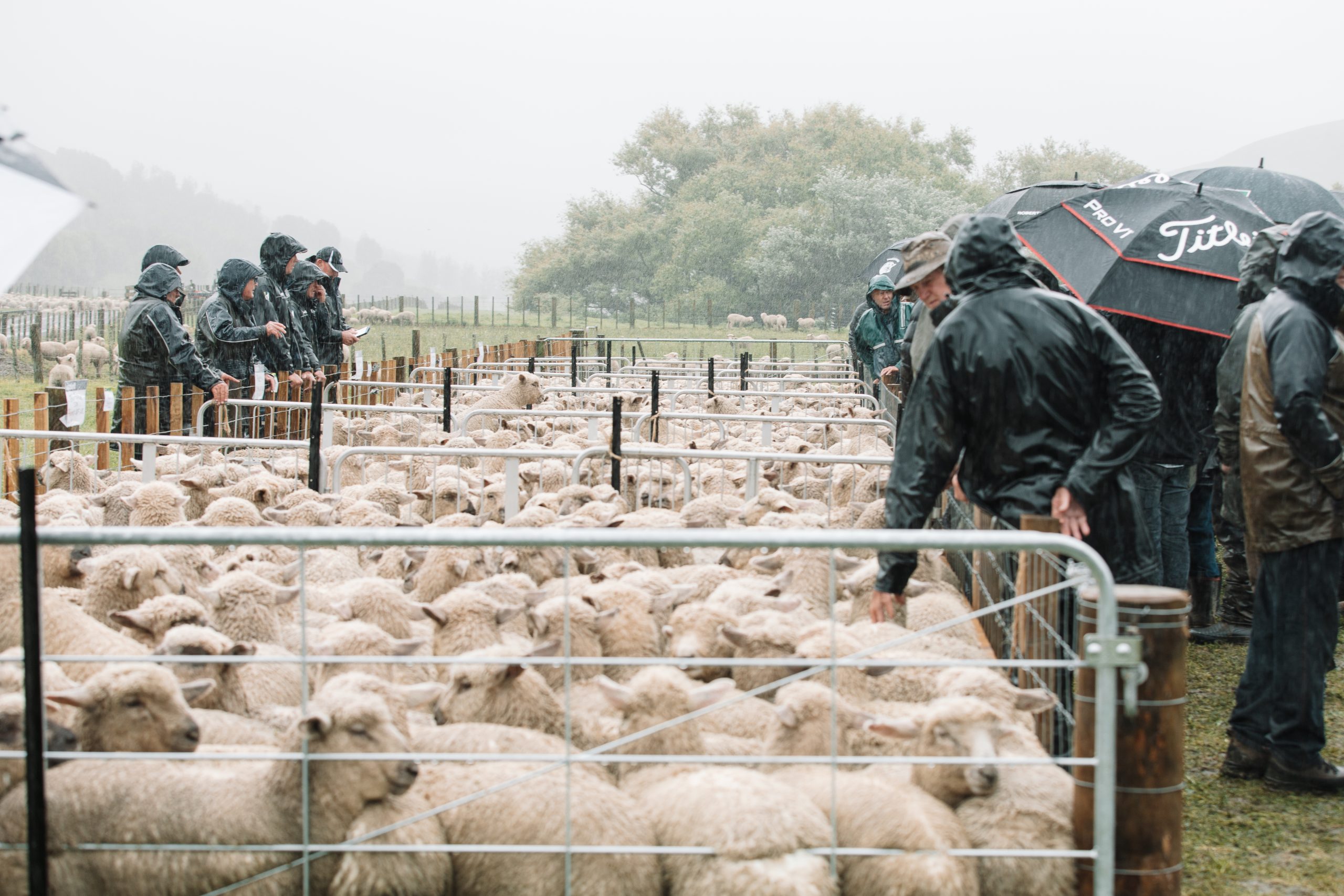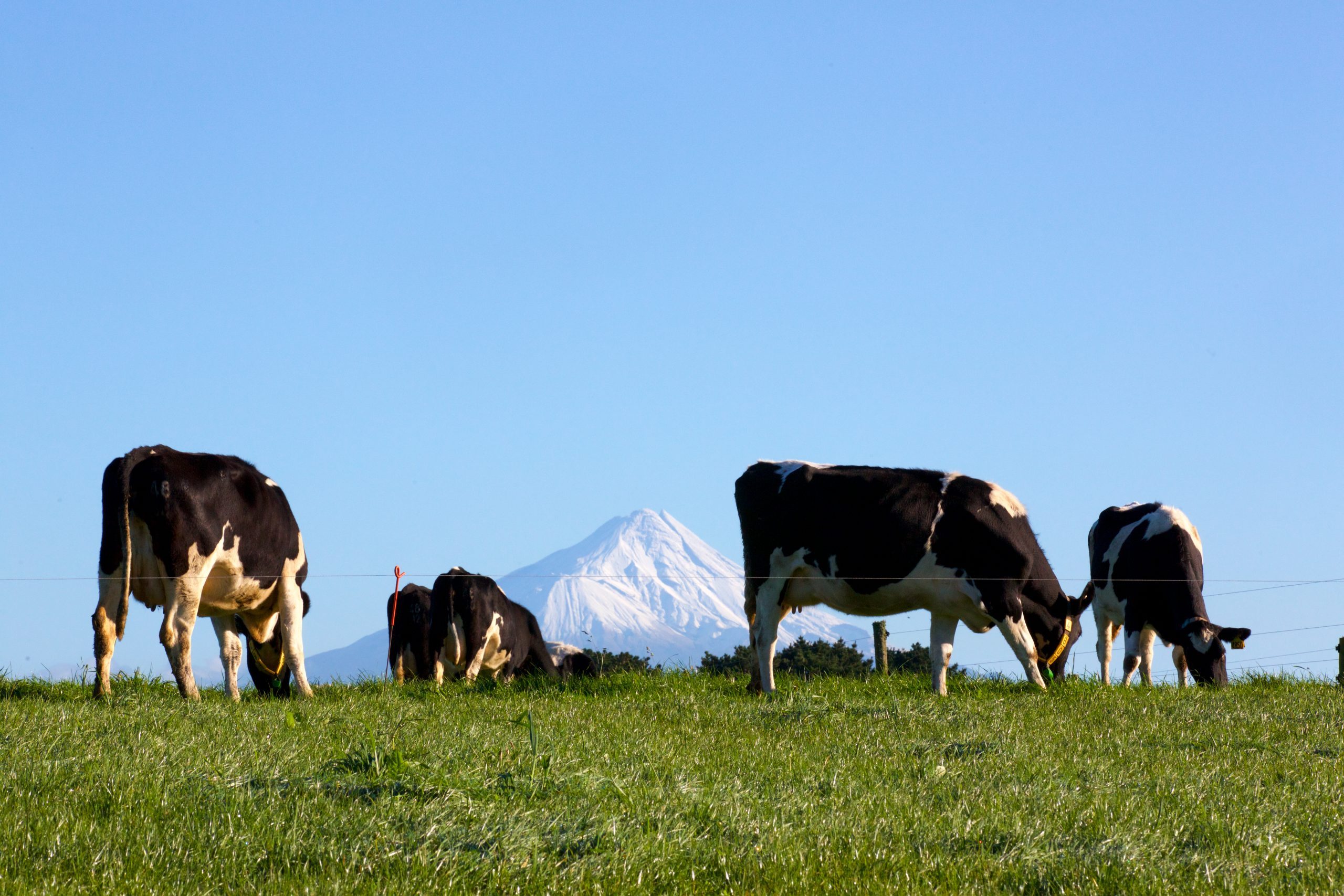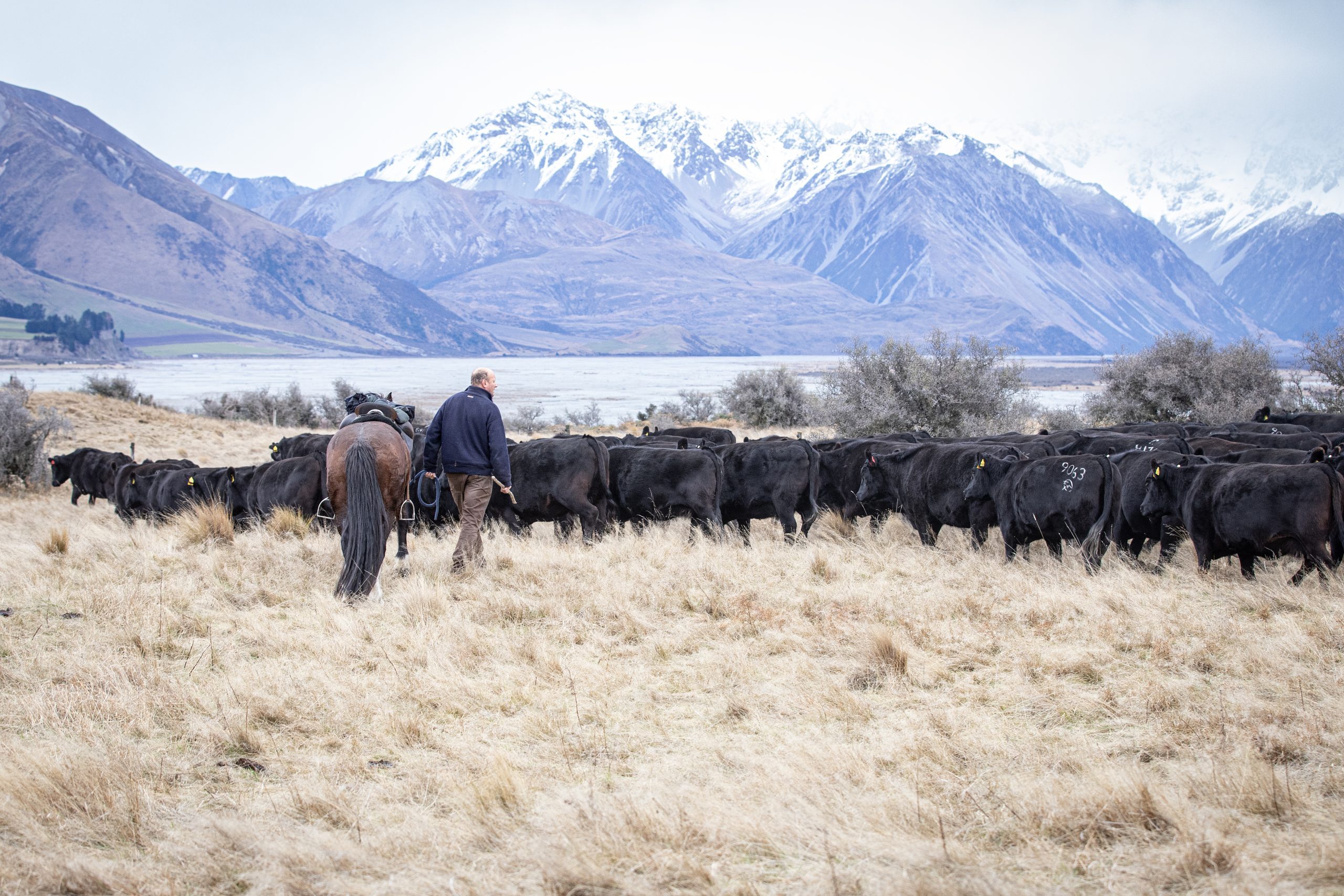Just as we thought the world couldn’t get any weirder…this week we have the police breaking up a three-week ‘anti-vaccine mandate protest’ in Wellington, 1-in-1000 year floods in Queensland and Vladimir Putin starting a war on Ukraine, while the dairy milk payout forecast is at an all-time high and the GDT broke all barriers yesterday.
The average price index shot up 5.1% with average prices reaching above the US$5k/tonne mark – with the latest Rabobank GDT analysis citing the effects of dwindling milk supply (New Zealand) year-on-year down 6% in January and United States production down 1.6% also. The other part they credit to the ripple effect of conflict in Europe and causing dairy commodity prices to ride a wave of uncertainty.
Overall, they suggest there is further upside to come for dairy prices – we might yet see that magical number of $10/kg milksolids (MS) glowing at us through the crystal ball. My boss has been predicting it for a few months now – I think his sentiment is wishful thinking rather than some prescient ability to predict the future.
It’ll be his shout if we get there though!
But before you start spending the proceeds, remember the flip-side for prices is that fertiliser and fuel costs are likely to follow the same trajectory as rising oil and gas prices and farmers will not be immune from the rises.
Bear in mind also, that extra cost is coming at you – either in the ETS or under a scheme thrashed out through the He Waka Eke Noa consultation. Anne Lee has delved into the two suggested farmgate and processor options and provides a good breakdown of what they mean to farmers and potentially their bottom line – and it might be as much as dropping EFS by up to 5-6%.
Make sure you get up to speed and get along to a consultation meeting to make your opinion count. This will have big ramifications for all farmers. (pg36).
It’s heartening to read our special report The Mating Game, highlighting great work leading farmers are doing to increase six-week in-calf rates, reduce bobbies, increase genetic gain and ultimately increase efficiency and drive down GHG emissions. By embracing new technologies, using sexed semen and having lower replacement rates, farmers are saving cost and driving improved BW scores. (pg43). That’s a good news story.
If all the bad news and industry change is getting to you, check out how Dr Paul Wood helps frame change and being the best person you can be, by giving three strategies to help. He says life is change but growth is optional. (pg82).
Jackie




